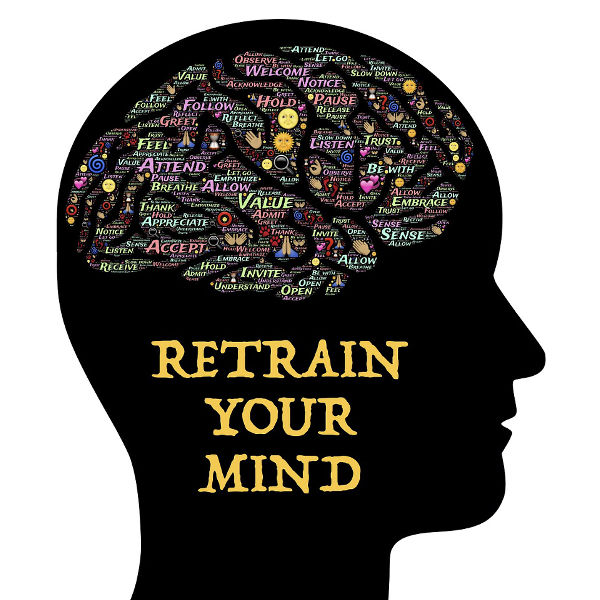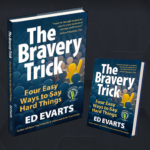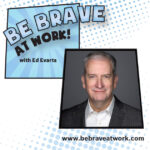
by Ed Evarts | Feb 28, 2019 | Participation, Visibility and Value
The stories that your ego and inner critic tell you about yourself may help you temporarily navigate a challenging situation or maintain your self-esteem, and this is a good thing. However, the stories you tell yourself can also lead you to incorrect conclusions and...

by Ed Evarts | Feb 26, 2019 | Participation, Visibility and Value
Your ego and inner critic play a big role in how you participate at work. You may not realize it, but you tell yourself hundreds of stories every day. I don’t mean stories that you share with others about what happened to you when you were a toddler, in college, or at...

by Ed Evarts | Feb 19, 2019 | Participation, Visibility and Value
What story are you telling yourself? As we’ve discussed, you are being asked to do more, faster, and with too few resources. You feel as though you are doing the jobs of three people. Your Outlook calendar is triple-booked. Recurring acquisitions add new...

by Ed Evarts | Feb 14, 2019 | Participation, Visibility and Value
Participating with a Purpose “Interacting with others” is comprised of ways in which you can raise your visibility “one-to-one” with others. Unlike interaction, “participating with a purpose” is focused on “one-to-many” experiences with...

by Ed Evarts | Feb 12, 2019 | Participation, Visibility and Value
Participating and Overwhelm The most dramatic symptom of our newly christened PTSD (professional traumatic stress disorder) is the belief that “I can’t afford to be out of the office!” If you believe that this statement is true, “I can’t afford to be out of the...











